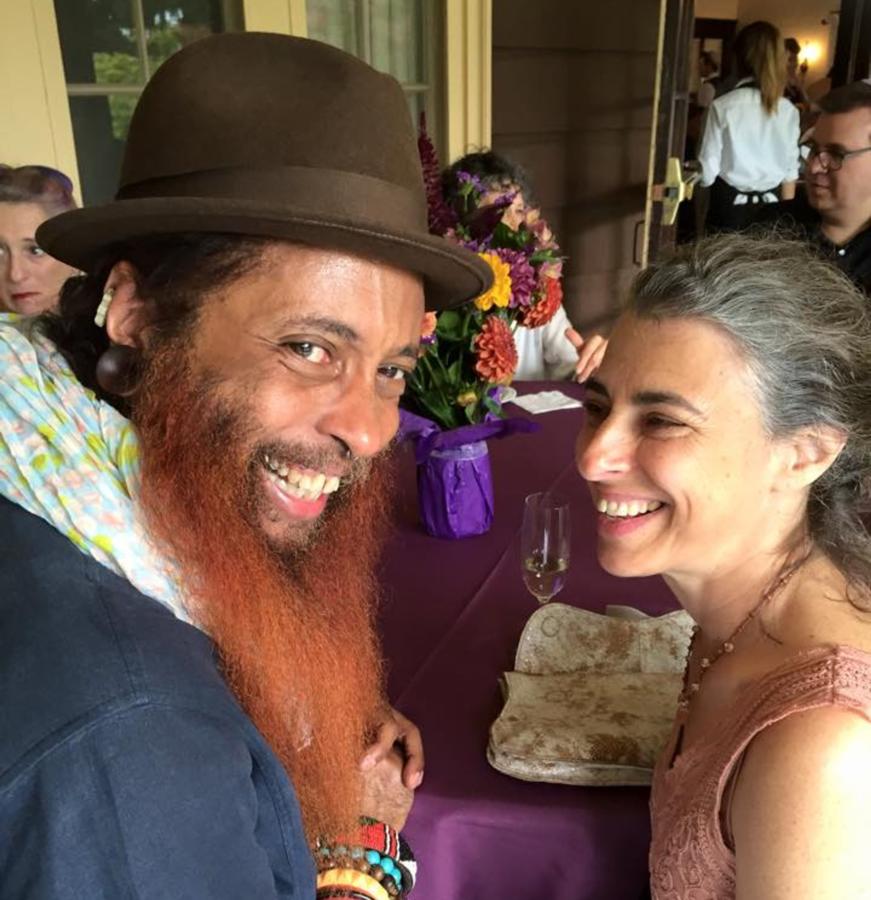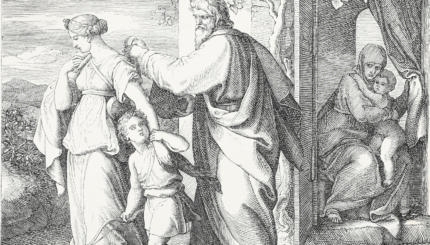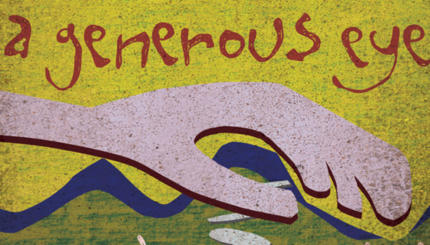Having, in many ways, healed past victimhood, North American Jews live in relative comfort, able to offer aid to less enfranchised peoples. I hope and pray that we won’t allow the terror at Tree of Life in Pittsburgh reduce us to a state of victimhood again (and to the entitlement victimhood sometimes engenders). The message I shared with the Vancouver community, gathering in memorial a day after the atrocity, was one of encouragement – to stay strong for the sake of the work it is ours to do as we enact the great Jewish mandate to repair our world.
I spoke of this atrocity occurring within a framework of hating many others. Not just Jews or Muslims, but also People of Color, Women, and Queer Folk, and on. I called for us to stand with immigrants and other minorities to defeat hate and violence, anti-Semitism, sexism, and racism. Now, as Shabbat approaches, I’m poking around to see what our traditional rabbinic sources say about the upcoming Torah portion, Chayei Sarah, that might pertain. Sure enough, I find them offering a Biblical touchstone for bonding with others, also on the margins, in the aftershock of trauma.
After the Akeyda – the near-sacrifice of Isaac, Isaac next appears in this week’s narrative, returning from Beer Chai Roi – a place called something like: “The Well Where the One Who Sees Me Lives.” This is the place where, years earlier, Hagar first met God. She had run away, humiliated by her marginalization in the house of Sarah; God saw her and came to her in consolation, promising her the son that would father the Arab nations. The rabbis fill out the bones of the story recounted in Torah, adding that Isaac must have been visiting Hagar. In the traumatic aftermath of his near-death experience, Isaac seeks out Hagar, who bears suffering of her own. He extends himself in new-found compassion, but also seeking comfort. Isaac and Hagar see one another more deeply now and sensitized to one another’s vulnerability by the strain of their own abuse, Isaac and the mother of Ishmael can help one another.
What the Midrash amplifies is our agency in how we respond to trauma. Do we pull in or do we reach out? It teaches something that’s hard to remember when we are singled out by pointed hatred: we are not alone. The atrocity in Pittsburgh occurred within a general climate of xenophobia. This week, my friend Rabbi Menachem Creditor Tweeted: “We don’t stand alone, and we dare not stand alone.”
Surely, we grieve a Jewish injury and a Jewish loss. We must combat this hatred with pride in our self-worth as we continue to raise our children in the ways of Torah, practice gratitude, help one another, and celebrate in community. With this Solidarity Shabbat upon us, we seem to have returned to the slogan, “Am Yisrael Chai.” But we are also called, as Isaac was called, to reach out, to be affected not just to protect our own, but to also fortify our empathy for all marginalized peoples, standing with others who are frightened and at risk. May this be a call, not just to strengthen our security, but to strengthen our empathy and our connections.
I take heart in finding, in our rabbinic literature, this very sentiment is expressed by the rabbis in their assumption that traumatized Isaac turned to traumatized Hagar for solace and camaraderie. It is not a new idea at all.




